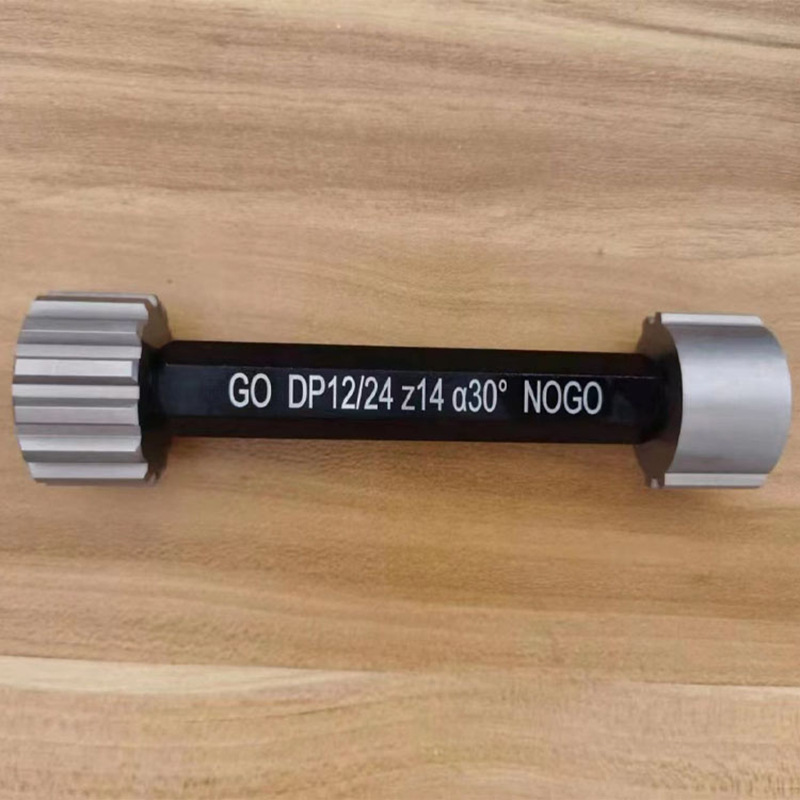Nov . 10, 2024 23:55 Back to list
Understanding the Function and Importance of Clear Check Valves in Fluid Systems
Understanding Clear Check Valves Function, Types, and Applications
Clear check valves are essential components in various fluid control systems, designed primarily to prevent backflow in pipelines. They play a crucial role in ensuring the efficient operation of many industrial and domestic applications, by allowing fluid to flow in one direction while obstructing reverse flow. This article will delve into the functionality, types, benefits, and applications of clear check valves.
Functionality of Clear Check Valves
At its core, the purpose of a clear check valve is straightforward to maintain unidirectional flow in a piping system. These valves are typically placed in lines where backflow could cause damage to pumps or other equipment, where contamination might occur, or where the integrity of the system could be compromised.
Clear check valves allow operators to visually inspect the flow of fluid, ensuring that the valve is functioning correctly and that the pathway is clear of obstructions. This transparency is a significant advantage over traditional check valves, as it enables quicker troubleshooting and maintenance, thereby reducing downtime and preventing costly repairs.
Types of Clear Check Valves
There are several types of clear check valves, each suited for specific applications and operating conditions
1. Swing Check Valves These are among the most common types of check valves. They utilize a hinged disc that swings open as fluid flows in one direction. When the flow reverses, the disc swings back into place, blocking the backflow. These valves are simple in design and work well in larger diameter pipes.
2. Lift Check Valves This type uses a disc that moves vertically to allow flow and seals against the seat to prevent backflow. Lift check valves offer better performance at high pressures and are often used in systems where flow rates are variable.
3. Ball Check Valves Featuring a ball that sits on a seat, this type of check valve allows fluid to push the ball off the seat during forward flow. The ball then falls back into place to stop backflow. These are particularly useful in applications where solid particles may be present in the fluid.
4. Diaphragm Check Valves Utilizing a flexible diaphragm to open and close, these valves are ideal for corrosive fluids and applications requiring tight sealing. The diaphragm helps absorb vibrations, providing smoother operation.
Benefits of Clear Check Valves
clear check valve

The primary advantage of clear check valves is their transparency, which allows for easy monitoring of the fluid flow
. Other significant benefits include- Prevention of Contamination By stopping backflow, clear check valves help prevent contamination of the fluid systems, especially critical in industries such as pharmaceuticals, food and beverage, and water treatment. - Reduced Maintenance Costs By allowing for visual inspections, these valves can significantly reduce maintenance time and cost. Operators can quickly identify issues before they escalate into significant problems.
- Versatility Clear check valves can be used in a variety of applications, from industrial processes to domestic plumbing systems. Their ability to handle different types of fluids and conditions makes them invaluable in many configurations.
- Durability Made from materials resistant to corrosion and wear, clear check valves can provide long-lasting service, contributing to the overall reliability of fluid control systems.
Applications of Clear Check Valves
Clear check valves find applications across a wide range of industries
- Water and Wastewater Management In water treatment plants, clear check valves ensure that the flow of treated water is maintained while preventing contaminated backflow.
- Pharmaceuticals and Food Processing Maintaining sanitary conditions is critical, making clear check valves an essential component for preventing back contamination.
- HVAC Systems These valves help regulate fluid flow in heating, ventilation, and air conditioning systems, ensuring efficiency and longevity.
- Automotive and Aerospace In fuel systems and hydraulic applications, clear check valves help maintain pressure and prevent backflow, thereby ensuring system integrity.
In conclusion, clear check valves are vital for maintaining the efficiency and safety of fluid control systems. Their design allows for easy monitoring and helps prevent backflow, making them indispensable in many industries. Understanding the different types and applications of clear check valves can aid engineers and operators in making informed decisions that enhance system performance and reliability.
-
Why Metric Trapezoidal Thread is Ideal for Precision Motion ControlNewsAug.05,2025
-
The Unique Properties of a Block of Granite for Industrial UseNewsAug.05,2025
-
The Role of Flanged Y Strainers in Preventing Pipeline ClogsNewsAug.05,2025
-
The Importance of Regular Calibration for Master Ring GagesNewsAug.05,2025
-
How a Cast Iron Surface Table Enhances Accuracy in ManufacturingNewsAug.05,2025
-
Comparing Different Check Valve Types for Optimal Flow ControlNewsAug.05,2025
Related PRODUCTS









